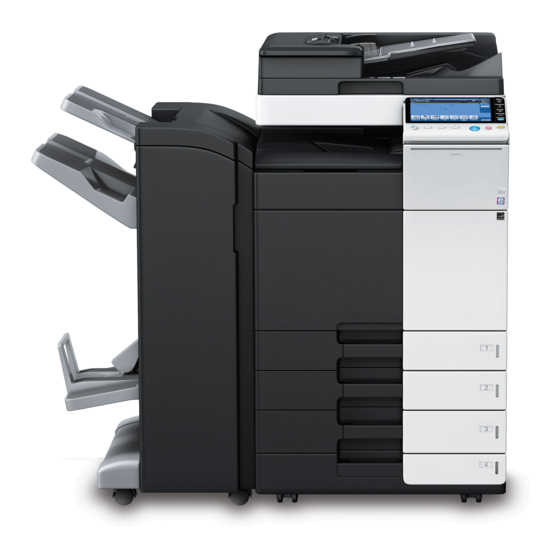
Muratec MFX-C2280 Fax Manual
Hide thumbs
Also See for MFX-C2280:
- User's manual print functions (292 pages) ,
- User's manual copy operations (233 pages) ,
- User manual (205 pages)
Table of Contents
Advertisement
Quick Links
Advertisement
Table of Contents

















Need help?
Do you have a question about the MFX-C2280 and is the answer not in the manual?
Questions and answers